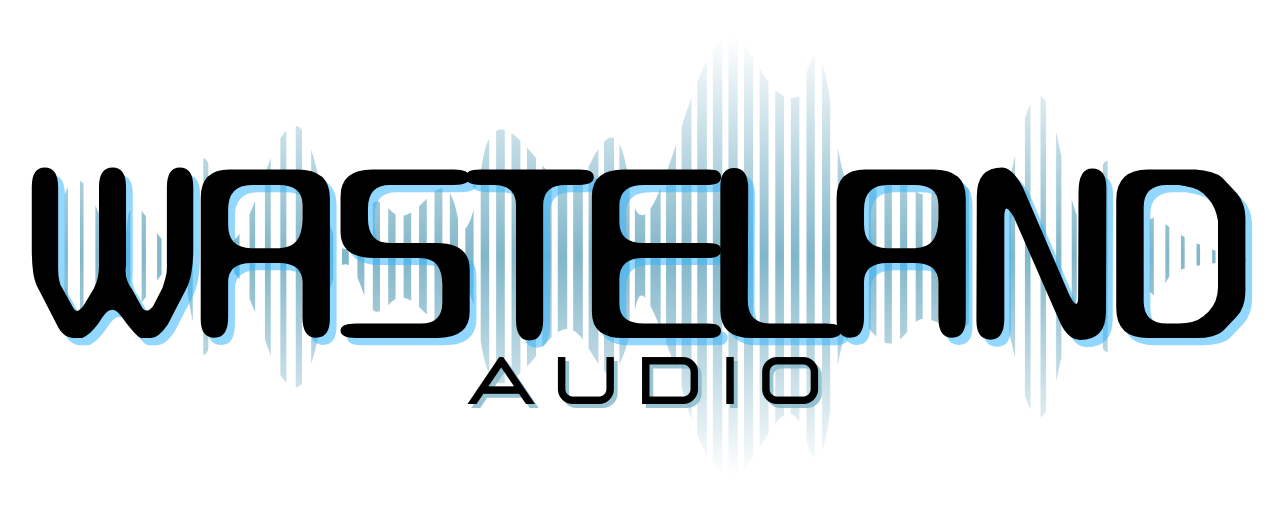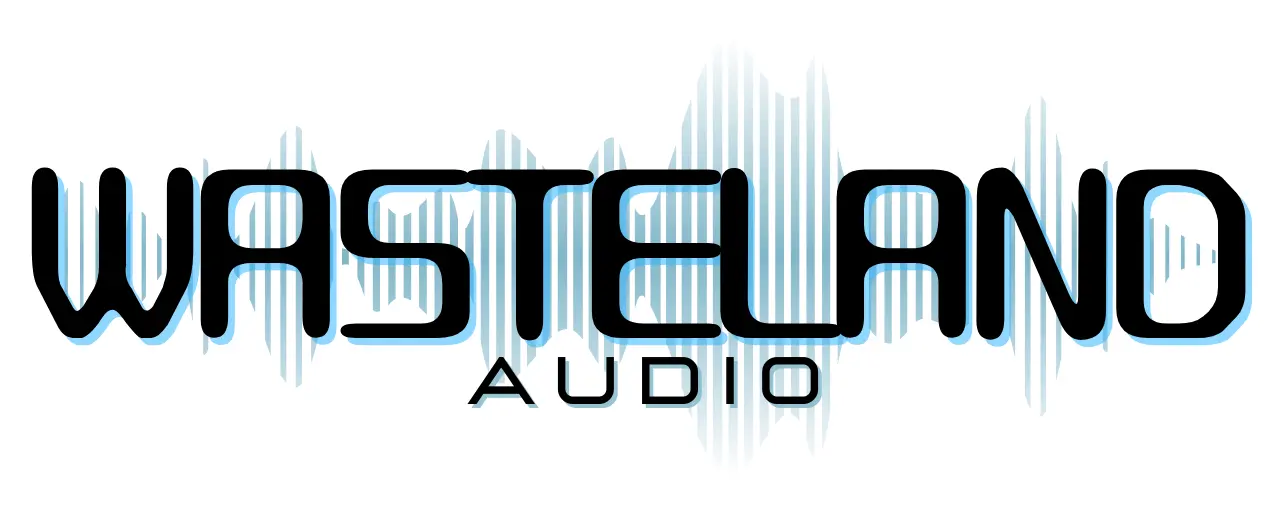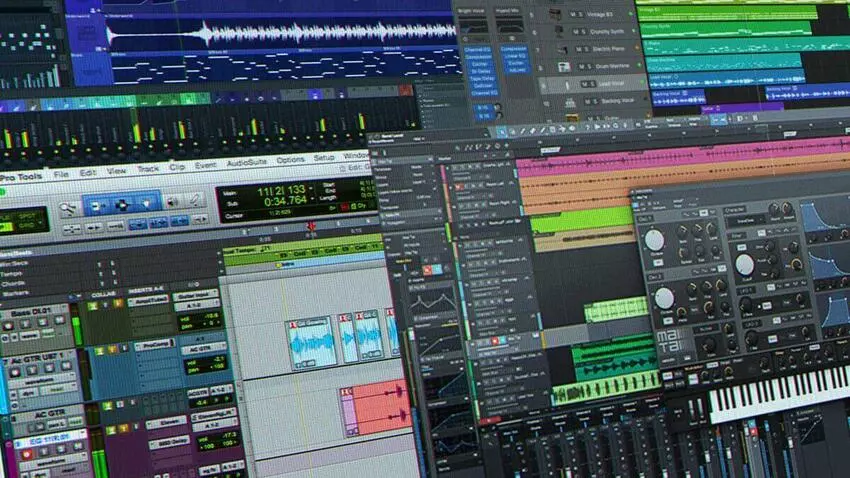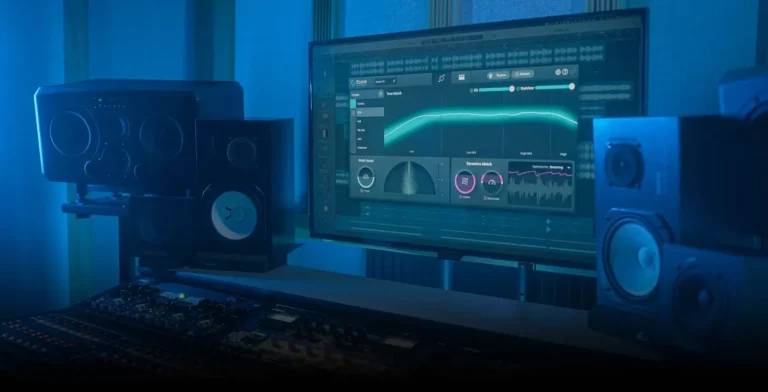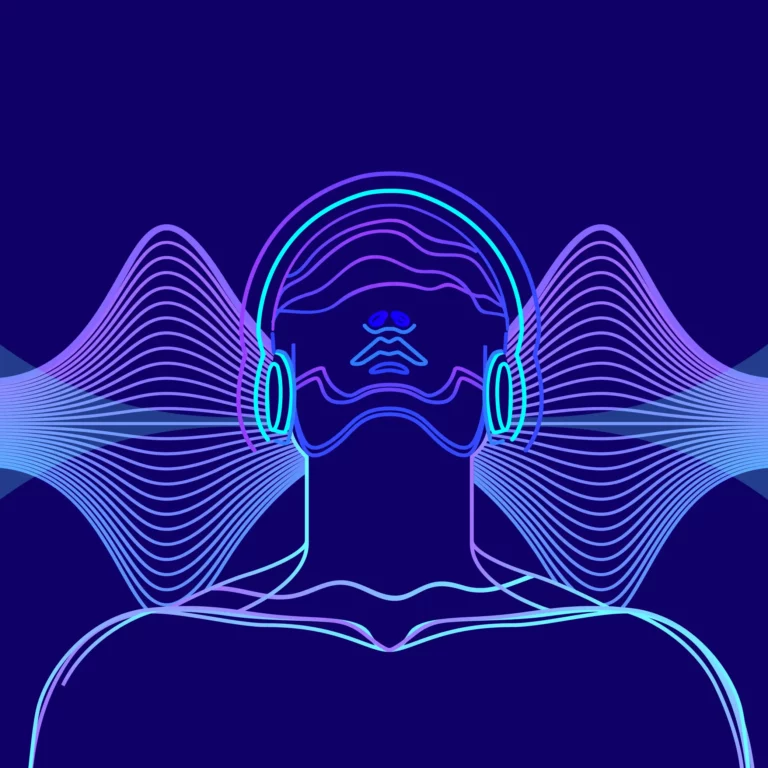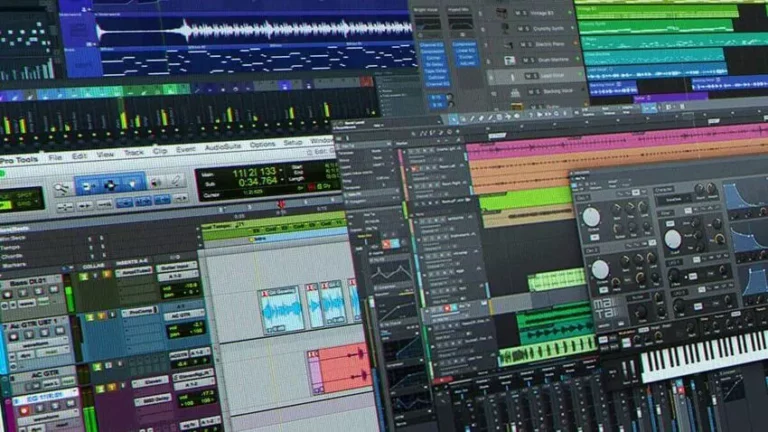In the Part One of this series we looked at the steps involved in exporting your tracks from your DAW in preparation for Mixing. In Part Two of this series we looked and when to process your tracks while exporting. In Part Three of this series we looked at the things to consider when exporting your MIDI tracks. Today we will look at the things to consider when exporting your Guitar and Bass tracks.
Sending Guitar and Bass Tracks to a Mix Engineer: Amps, DIs, and Amp Sims
When sending your guitar and bass tracks to a mix engineer, the choice of how you capture the sound can significantly influence the final mix. For both guitar and bass, you have several options, including using a mic on an amplifier and cabinet, recording direct inputs (DIs), or using amp simulation plugins. Here, we’ll discuss the differences between these approaches and when each is appropriate for both guitar and bass:
1. Amplifier with Cabinet Mic
For Guitar:
Pros:
- Unique Tone: Using a mic on a guitar amplifier captures the distinctive character and tone of the specific amp and cabinet you’re using. It’s a popular choice for achieving an authentic sound.
Cons:
- Room Acoustics: The room where you record can introduce unwanted room reflections and ambience, which may not always be desirable.
-
Resource Intensive: It requires specific equipment, microphones, and a suitable recording environment, making it less convenient for home studios or remote recording.
For Bass:
Pros:
- Fullness and Character: Using a Mic on a bass amplifier provides the fullness, warmth, and character that bass guitar tracks often require.
Cons:
- Low Frequencies: Recording bass frequencies can be challenging in some rooms and may require specialized microphones and acoustic treatment.
When to Use a Mic.
Putting a mic on an amplifier is an excellent choice when you’re aiming for a distinctive and authentic guitar or bass sound that’s tailored to the specific amp and cabinet. It’s commonly used in genres where the amplifier’s character is a crucial part of the sound.
2. Recording Direct Inputs (DIs)
For Guitar:
Pros:
- Clean Signal: Recording the direct input of a guitar provides a clean, uncolored signal. This allows the mix engineer to shape the sound entirely in post-production.
-
Versatility: A DI signal is versatile and can be re-amped or processed with amp simulation plugins to achieve various tones.
Cons:
- None: Having a DI track is always a good thing. If the tone captured from and Amplifier or Amp Sim isn’t working for the music, a DI track will allow an Engineer to craft a sound that does.
For Bass:
Pros:
- Clean Low Frequencies: Recording bass through a DI preserves the clean and powerful low-end frequencies, which are essential for a solid bass foundation in the mix.
-
Consistency: DIs tend to be consistent and free from room acoustic influences, ensuring a stable bass tone.
Cons:
- None: Having a DI track is always a good thing. If the tone captured from and Amplifier or Amp Sim isn’t working for the music, a DI track will allow an Engineer to craft a sound that does.
When to Use DI:
Recording and Exporting a DI is always ideal. A mix engineer will always appreciate having a DI track. Even if it’s not used in the end, it is always best to have one as an option, guitar or bass.
3. Amp Simulation Plugins
For Guitar:
Pros:
- Endless Options: Amp simulation plugins offer a vast range of virtual amplifiers, cabinets, and effects, providing endless tonal possibilities.
-
Convenience: Amp sims are accessible and can be used in home studios or remote recording setups, making them a convenient choice.
-
Editability: You can tweak the guitar sound at any stage of the production process, from recording to mixing. This is not always a good thing. Committing to a tone early can help an engineer focus on mixing the entire band as a whole.
Cons:
- Resource Intensive: Amp simulation plugins can be resource-intensive, particularly when using multiple instances or high-quality amp models. This can strain your computer’s CPU and memory, potentially leading to latency and stability issues, especially in complex projects.
-
Learning Curve: It may take time to become proficient in using various amp simulation plugins effectively. Understanding the intricacies of the software and achieving the desired tone can be a learning curve, especially for those new to the technology.
-
Potential for Digital Artifacts: If not adjusted correctly, amp simulation plugins can introduce digital artifacts or an unnatural sound. Careful adjustment and experimentation are required to achieve the desired tone.
For Bass:
Same as guitar, with the added complexity of adding distortion to a low-end heavy instrument. There are many great Bass Amp and Pedal-style plugins out there, but do not be afraid to experiment with using a guitar amp sim on bass. Amp sims can be great for adding a distorted or high-end focused bass signal to blend in with a Bass DI track.
When to Use Amp Simulations:
Amp simulation plugins are excellent for genres where tonal variety and flexibility are essential. They are commonly used in modern and electronic music for guitar and bass. Amp sims provide the flexibility to explore a wide range of tones, making them a valuable tool for sonic experimentation. However, be mindful of the potential resource demands and the learning curve associated with these plugins.
Conclusion
When sending your guitar and bass tracks to a mix engineer, the choice of how you capture your sound is crucial. Using a Mic on an amplifier preserves the unique character of the amp and cabinet, recording DI offers flexibility and versatility, and amp simulation plugins provide a vast array of tonal options. The decision should align with your artistic vision, the genre of music, and the resources available to you. Clear communication with your mix engineer about your choice ensures that they can work effectively to achieve the desired sound in the final mix for both guitar and bass.
Wrapping up the series.
The goal of this series is to show that properly exporting your audio tracks from your DAW is a crucial step in the collaborative music production process. By organizing your project, setting the right export parameters, and creating a clear system for sharing files, you’ll empower your mix engineer to work efficiently and deliver the best results for your music. This attention to detail not only makes their job easier but also demonstrates your commitment to achieving a professional, polished sound in your final mix.
If you follow the steps in Part One applying the knowledge of Part Two, Part Three, and Part Four during the process you will be well on your way to handing off your hard work and passion for a successful mixing session and final mix.
Exporting Tracks for Mixing: A Complete Guide for Musicians and Producers – Part 4
- Part 1: Steps to Export your Tracks for Mixding
- Part 2: To Process or Not to Process while Exporting Tracks
- Part 3: When to Export MIDI directly or Audio while Exporting Tracks
- Part 4: Guitar and Bass – Amps, Direct Input (DI), and Amp Sims
